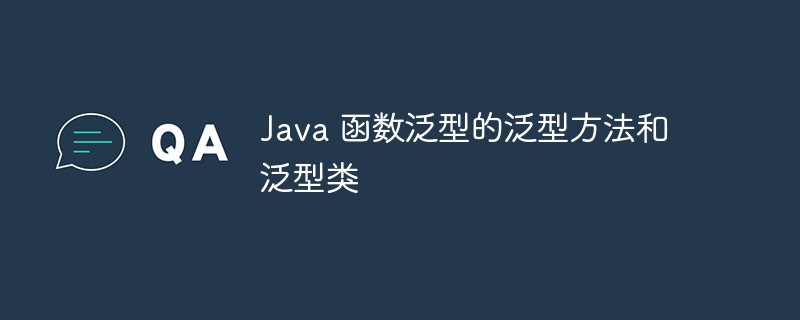如何使用Java后端技术实现数据加密与解密?
概述:
在现代互联网应用开发中,数据的安全性被越来越重视。其中一个重要的方面是数据的加密与解密。本文将介绍如何使用Java后端技术来实现数据的加密与解密操作,并提供相应的代码示例。
一、对称加密算法
对称加密算法使用相同的密钥进行加密和解密操作,其特点是速度较快。常用的对称加密算法有DES、3DES、AES等。
下面是使用AES算法实现对称加密与解密的示例代码:
import javax.crypto.Cipher;
import javax.crypto.spec.SecretKeySpec;
import java.util.Base64;
public class SymmetricEncryptionExample {
public static String encrypt(String plainText, String key) throws Exception {
SecretKeySpec secretKey = new SecretKeySpec(key.getBytes(), "AES");
Cipher cipher = Cipher.getInstance("AES/ECB/PKCS5Padding");
cipher.init(Cipher.ENCRYPT_MODE, secretKey);
byte[] encryptedBytes = cipher.doFinal(plainText.getBytes());
return Base64.getEncoder().encodeToString(encryptedBytes);
}
public static String decrypt(String encryptedText, String key) throws Exception {
SecretKeySpec secretKey = new SecretKeySpec(key.getBytes(), "AES");
Cipher cipher = Cipher.getInstance("AES/ECB/PKCS5Padding");
cipher.init(Cipher.DECRYPT_MODE, secretKey);
byte[] encryptedBytes = Base64.getDecoder().decode(encryptedText);
byte[] decryptedBytes = cipher.doFinal(encryptedBytes);
return new String(decryptedBytes);
}
public static void main(String[] args) {
try {
String plainText = "Hello, encryption!";
String key = "Thisisa128bitKey";
String encryptedText = encrypt(plainText, key);
System.out.println("Encrypted text: " + encryptedText);
String decryptedText = decrypt(encryptedText, key);
System.out.println("Decrypted text: " + decryptedText);
} catch (Exception e) {
e.printStackTrace();
}
}
}在上述示例中,我们使用AES算法对明文进行加密和解密操作。需要注意的是,密钥长度需要满足对应算法的要求。
二、非对称加密算法
非对称加密算法使用两个密钥,一个用于加密,另一个用于解密。常用的非对称加密算法有RSA、DSA等。
下面是使用RSA算法实现非对称加密与解密的示例代码:
import javax.crypto.Cipher;
import java.security.*;
public class AsymmetricEncryptionExample {
public static byte[] encrypt(byte[] plainText, PublicKey publicKey) throws Exception {
Cipher cipher = Cipher.getInstance("RSA/ECB/PKCS1Padding");
cipher.init(Cipher.ENCRYPT_MODE, publicKey);
return cipher.doFinal(plainText);
}
public static byte[] decrypt(byte[] encryptedText, PrivateKey privateKey) throws Exception {
Cipher cipher = Cipher.getInstance("RSA/ECB/PKCS1Padding");
cipher.init(Cipher.DECRYPT_MODE, privateKey);
return cipher.doFinal(encryptedText);
}
public static void main(String[] args) {
try {
String plainText = "Hello, encryption!";
KeyPairGenerator keyPairGenerator = KeyPairGenerator.getInstance("RSA");
KeyPair keyPair = keyPairGenerator.generateKeyPair();
PublicKey publicKey = keyPair.getPublic();
PrivateKey privateKey = keyPair.getPrivate();
byte[] encryptedText = encrypt(plainText.getBytes(), publicKey);
System.out.println("Encrypted text: " + new String(encryptedText));
byte[] decryptedText = decrypt(encryptedText, privateKey);
System.out.println("Decrypted text: " + new String(decryptedText));
} catch (Exception e) {
e.printStackTrace();
}
}
}在上述示例中,我们使用RSA算法对明文进行加密和解密操作。首先需要生成一对公钥和私钥,然后使用公钥进行加密,使用私钥进行解密。
三、总结
本文介绍了如何使用Java后端技术来实现数据的加密与解密操作。通过对称加密算法和非对称加密算法的示例代码,我们可以了解到如何使用Java内置的加密库进行操作。在实际应用开发中,可以根据具体需求选择适当的加密算法,并根据安全性要求进行密钥管理。
需要注意的是,加密算法虽然能提供一定的安全性,但并不能绝对保证数据的安全。在实际应用中,还需要注意其他安全措施,如访问控制、防火墙等。





